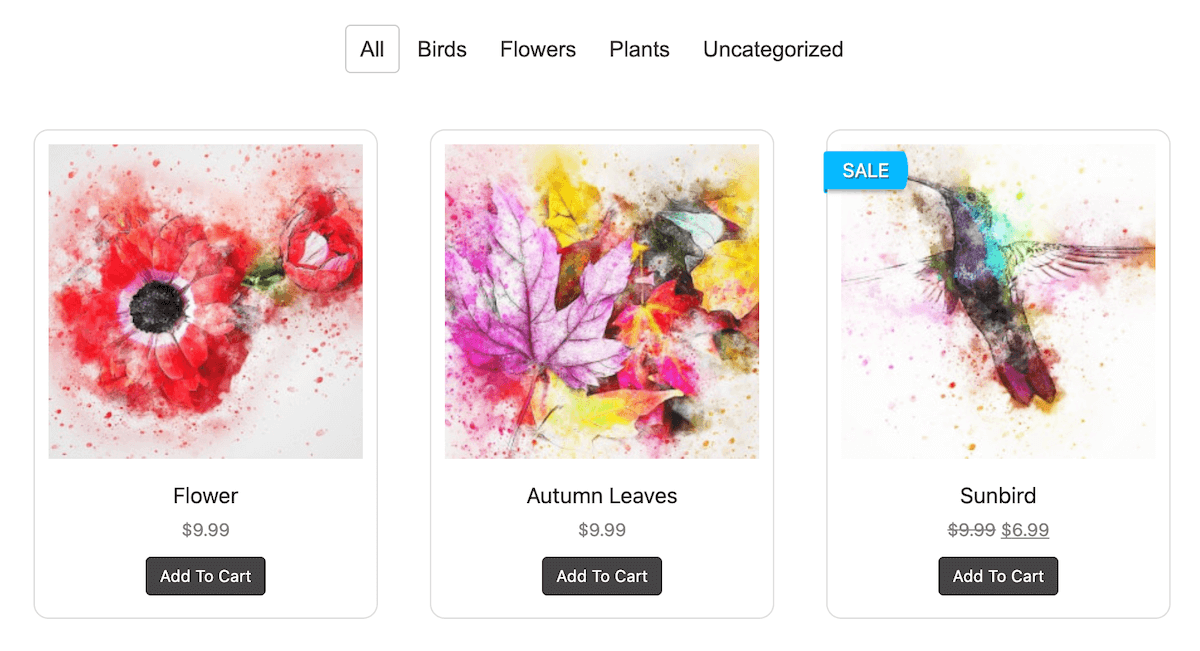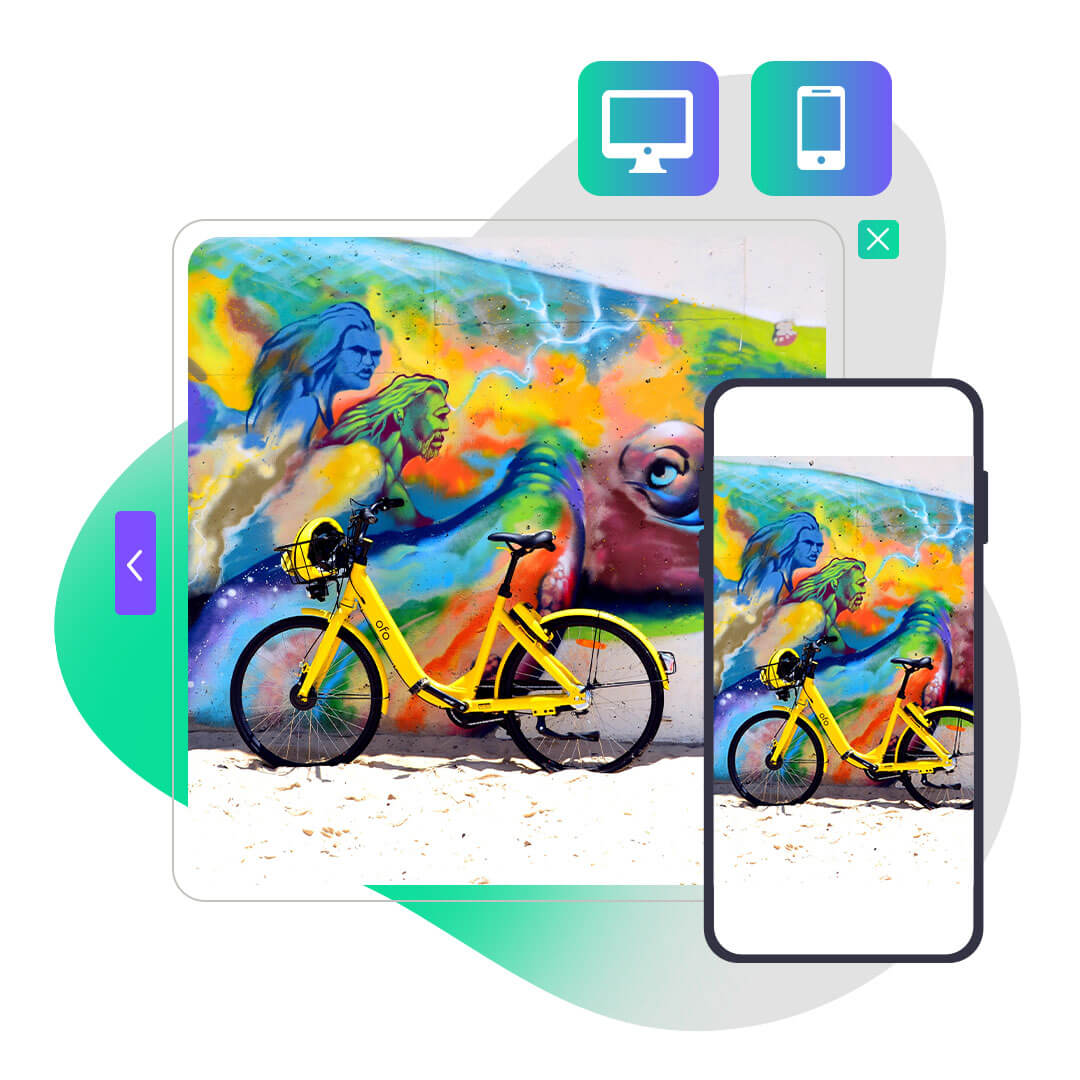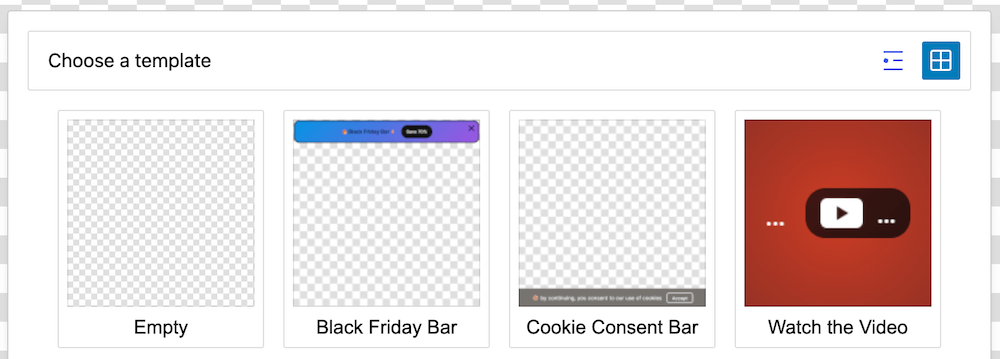If you’ve ever looked at your website’s traffic and thought “Why aren’t more people signing up, buying, or reaching out?”, you’re definitely not alone.
Many website owners, whether creative professionals, small business owners, or ecommerce entrepreneurs, assume that boosting conversions requires a tonne of effort and skill sets that they simply don’t have or cannot afford.
Maybe you’ve thought about rewriting your sales pages, running ad campaigns, or testing some weird and wonderful web designs. But if you’re not getting anywhere with any of the above, it might be time to approach things with a simpler scope.
Because really, conversions don’t always come from doing more things – they come from doing the right things.
We’re going to be looking at exactly how you can improve your conversions simply, while prioritizing what really matters.
The Conversion Problem for Creative Freelancers
As a creative freelancer, you probably didn’t start your journey dreaming about website conversion rates, sales funnels, or lead magnets. You’re likely passionate about your craft but at some point, you’ve realized that having a beautiful portfolio gallery (like the below example) or website isn’t enough.

Visitors might browse your work, maybe even admire it, but they don’t take the next step. They don’t book a session, request a quote, or make a purchase.
It can become a little frustrating and might leave you asking questions like:
- Why aren’t people converting when my work speaks for itself?
- Do I need to become a marketing expert to get more clients?
- And, do I have to spend hours tweaking my website and running ads?
The good news is no, you don’t.
The Myth of High-Effort Marketing
Many freelancers assume that boosting conversions requires heavy investment – either in time, money, or both. There’s a common belief that improving conversions means:
- Writing long-form sales pages.
- Running complicated ad campaigns.
- Testing dozens of website changes.
- Becoming a social media content machine.
But the truth is, that most freelancers don’t really need a complex marketing system. They need a few small, strategic tweaks that make it easier for potential clients to say “yes.”
Most creatives just need a simple, structured approach to guiding visitors toward a desired action. A low-effort, high-reward approach that helps you turn more visitors into paying customers while giving you time to focus on your creative work!
The Low-Effort, High-Reward Formula
Many website owners assume that getting more leads or sales requires complex strategies, expensive tools, or hours spent optimizing every little detail.
And yes, sure these things can help, but they’re not the be-all and end-all. Really, a few small, intentional improvements can have a pretty big impact overall. Tools like AI testing, for example, allow you to focus on key improvements that can make a significant difference with minimal investment of time or resources. Similarly, tools such as heatmaps, A/B testing, and conversion tracking help refine user experience efficiently, proving that high rewards don’t always require high effort.
This idea is best explained through the ‘impact effort matrix’.
What is the Impact Effort Matrix?
It’s a decision-making tool to help you align and prioritize your tasks based on their difficulty and how much impact they’ll have. Here’s an easier way to break it down:
- Quick Wins (high impact, low effort) – Small changes that require little effort but deliver substantial improvements.
- Big Projects (high impact, high effort) – Large-scale initiatives like full website redesigns that take time but are valuable in the long run.
- Fill-ins (low impact, low effort) – These are the minor tasks that don’t move the needle much but are easy to implement.
- Time Wasters (low impact, high effort) – As the name suggests, these are changes that require significant effort but don’t get you many meaningful results.
So, when it comes to optimizing website conversions, the best strategy is to focus on quick wins – the simple, high-impact actions that improve results without requiring excessive time or resources.
Take a look at the steps below to get an idea of where to start.
Step 1: Make Your Work Stand Out
First impressions matter, as how your content appears to visitors directly influences their decisions. In fact, the average bounce rate for most websites is anywhere from 26% to 70%.
So, for example, if you’re running a cluttered, slow, or outdated website, it’s not exactly going to instil confidence and get that “I need to buy this now” reaction.
A few easy fixes that make a big difference are things like having:
- Fast-loading images and galleries that showcase your work professionally.
- A clean, intuitive design that keeps visitors focused on what matters.
- And mobile-friendly layouts that make sure your visitors have a smooth experience across all devices.

It might not sound like a lot, but these small changes can make all the difference.
Step 2: Optimize the User Experience
Even the best content won’t convert if visitors struggle to scroll through your site. People these days have short attention spans – if they can’t find what they’re looking for quickly, they’ll leave. Plus, our attention spans have decreased by almost 25% since 2000 – so every second counts!
Arguably the most important aspect you need to nail is having a clear, easy-to-follow navigation that directs visitors where they need to go.
This means having a logical site structure that reduces friction in the browsing process, and a responsive design with minimal distractions to keep your audience’s attention on the important bits.
A strong marketing conversion funnel plays a big role here, as it ensures that every stage of the user’s journey (awareness, interest, and action), is carefully optimized to subtly funnel visitors and guide them toward making a decision.
Step 3: Guide Visitors Toward Action
WordStream reported that the average website only converts approximately 2.35% of its visitors into leads. This is because most visitors won’t take action unless they’re guided toward it.
So whether your goal is getting more inquiries, purchases, or sign-ups, your website needs to say plain and simple “here’s what you need to do next”.
The easiest way to do this is by including visible call-to-action (CTA) buttons (e.g. “Book a Call”, “Get Started” or “Buy Now”).
You can dot well-placed forms around your website that don’t feel intrusive but are easy to access. You can also include subtle nudges to push them further towards that ‘conversion’ finish line such as:
- Testimonials
- Urgency indicators
- Limited-time offers
Again, the above might seem like small and simple changes, but they can make all the difference. Ultimately, users like things to be swift, easy, accessible (and aesthetically-pleasing too).
How FooConvert Simplifies the Process
It’s one thing to know that a well-placed call-to-action or a solid user experience can help increase engagement, it’s another to actually implement these changes!
With FooConvert, instead of manually testing different elements, adjusting layouts, or learning how to code an entire website, our WordPress plugin helps automate and simplify the conversion process.
What is FooConvert?
FooConvert is a WordPress tool designed to help website owners turn visitors into customers.
Whether you run a photography website, an online ecommerce store, or something else, FooConvert provides an easy way to optimize conversion elements without any of the typical technical headaches.
How it Works
A quick run-down of how we do things:
- User-friendly interface: It wouldn’t be great if what we’re offering wasn’t easy to use, would it! There’s no need for advanced customization – FooConvert provides a simple, intuitive setup.
- Super easy integration: FooConvert works directly within WordPress, making it easy to implement without additional plugins or coding.
- Optimized Calls-to-Action: Pre-built templates and customizable elements help guide visitors toward taking action, whether that’s signing up, making a purchase, or booking a service.

- Accessible automation features: Smart triggers and display rules allow you to target specific users, increasing engagement without requiring constant updates.
- Widget Analytics: Each conversion element that you build displays realtime analytics, for improved decision making and better conversions.
Instead of manually tweaking your websites, you can rely on our conversion tool designed to handle the heavy lifting.
Quick Wins, Maximum Impact
Not seeing new leads roll in and no one converting on your site is never a nice feeling. In the most basic sense, your site needs to convert in order for you to make money and keep your business profitable.
It might seem like a cliche, but it really is the simple changes that can make the biggest difference. Coupling your creative work with an engaging website that’s quick, looks good and guides users to a natural CTA, will always be a winning formula.
If you’re ready to improve your website’s performance without spending hours tweaking settings or running complicated marketing campaigns, FooConvert is a great place to start. It provides a super simple way to improve your user engagement and streamline your conversion process.
The Best WordPress Conversion Plugin
FooConvert is an easy-to-use WordPress conversions plugin, draw attention, increase sales and engagement.